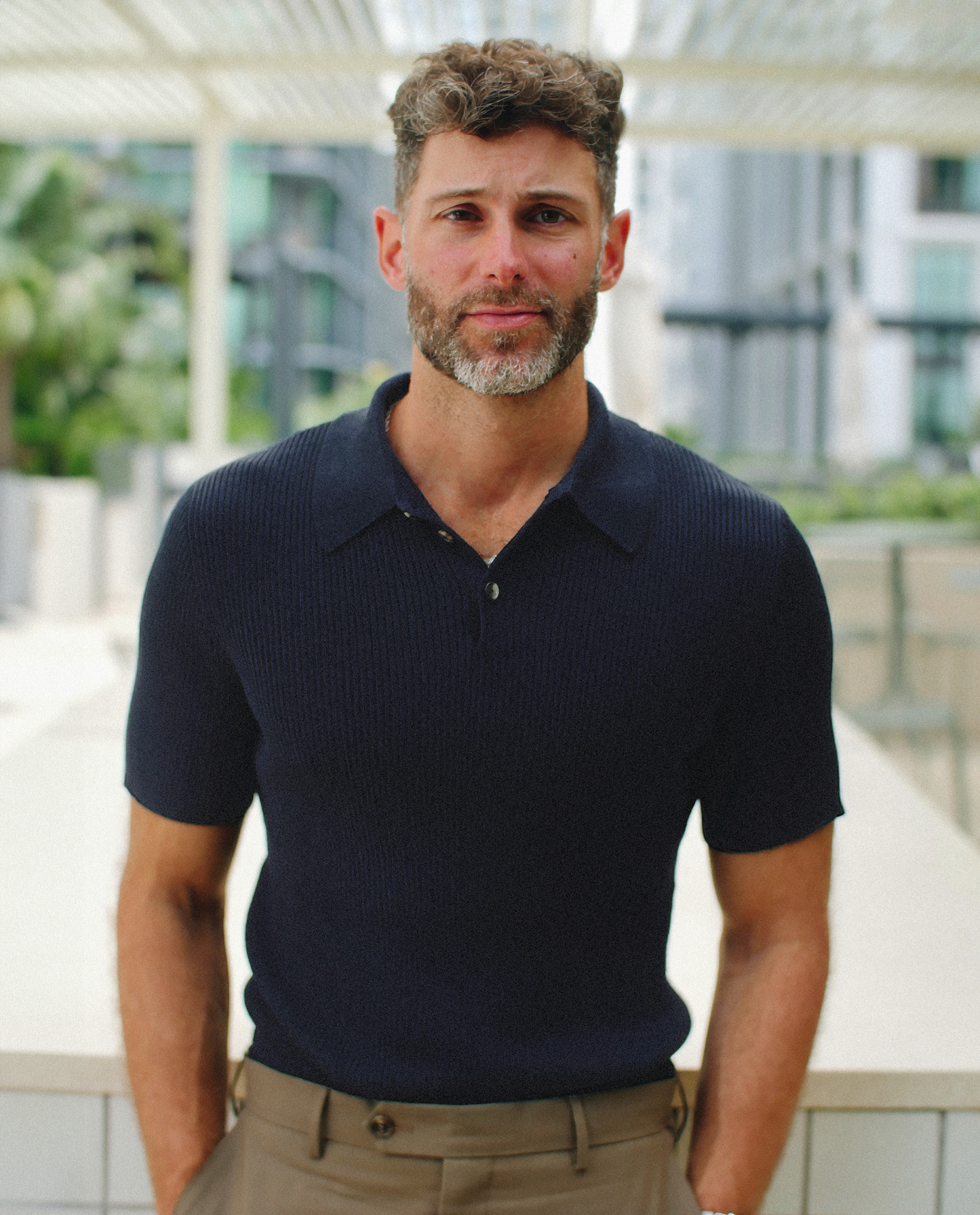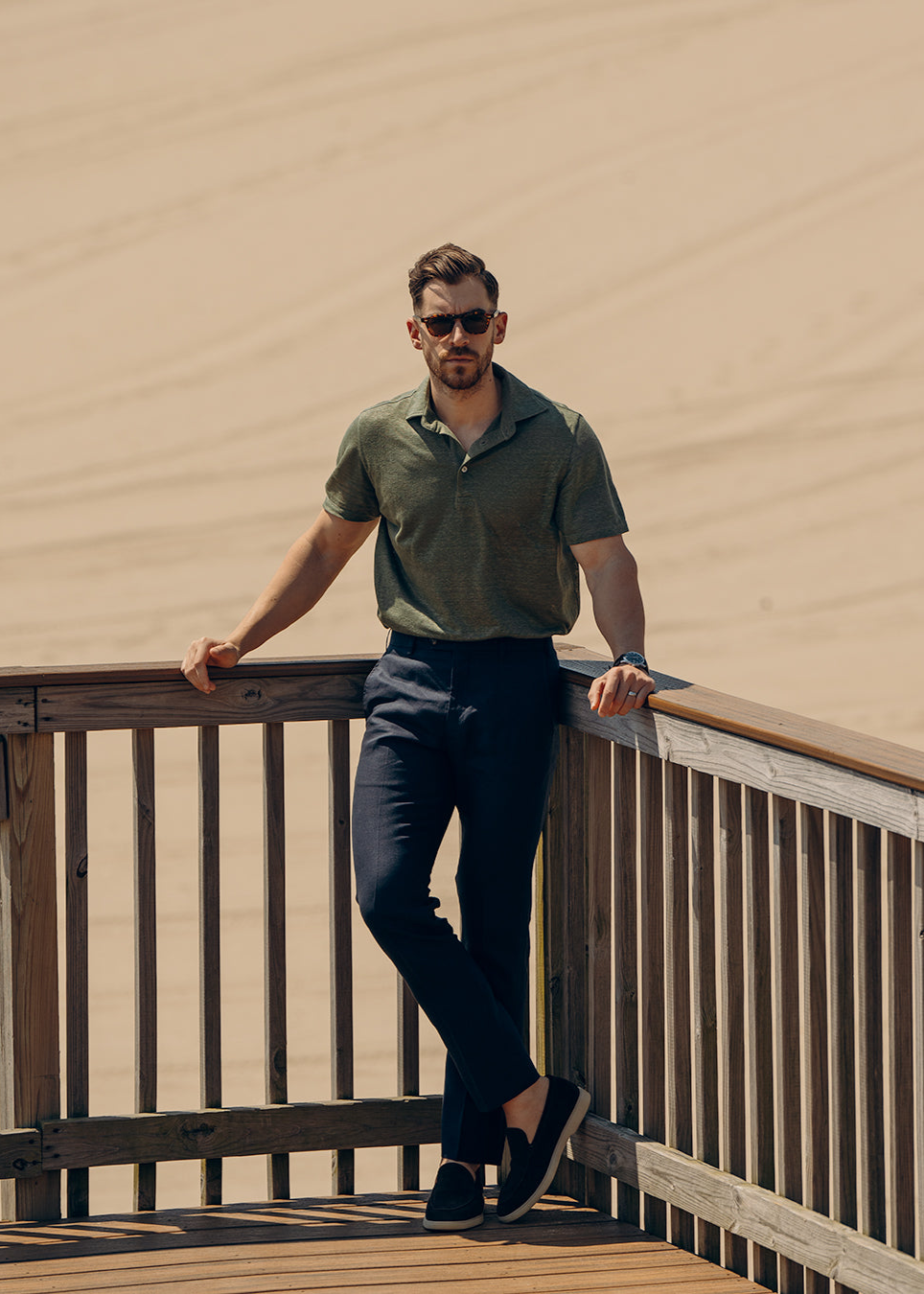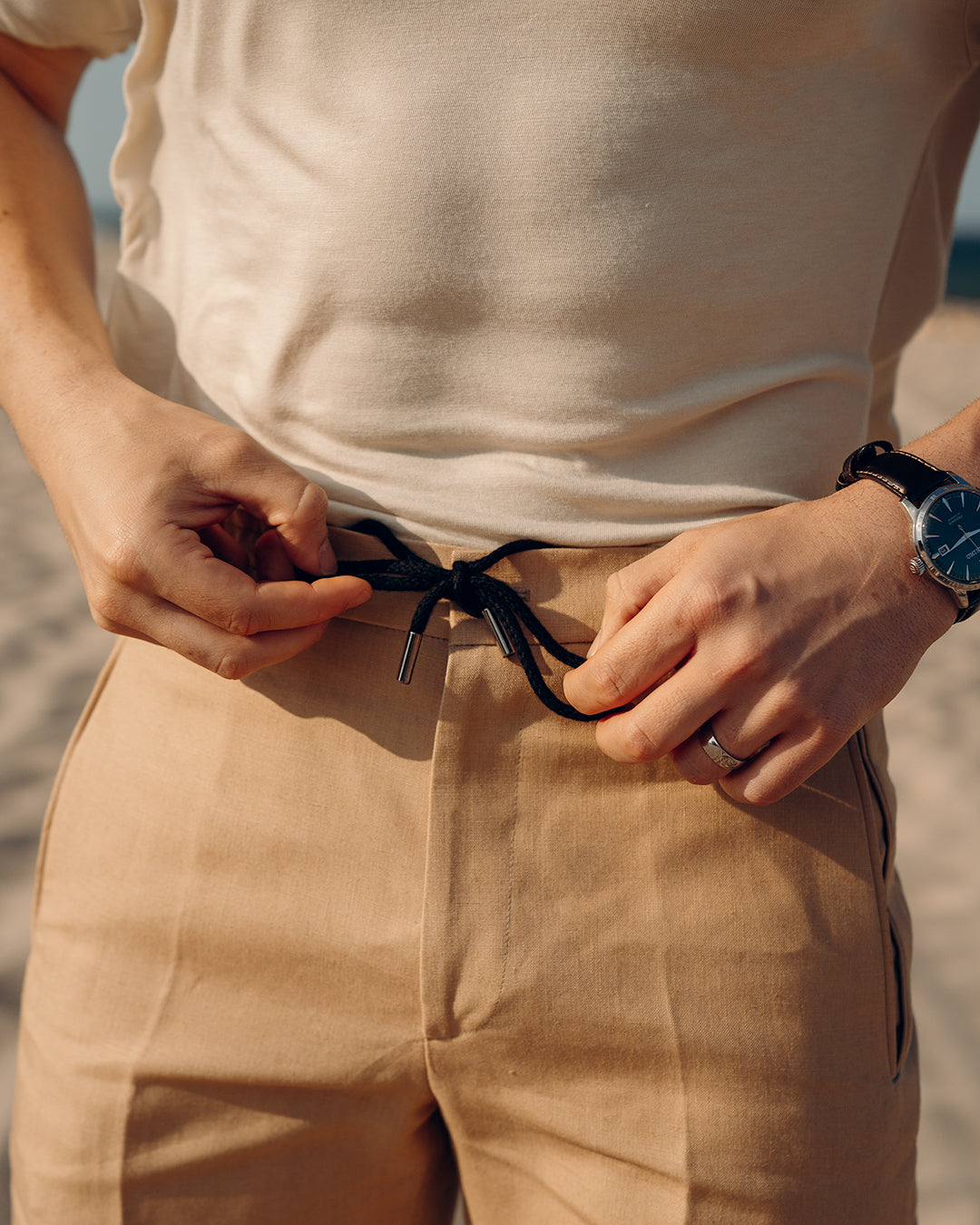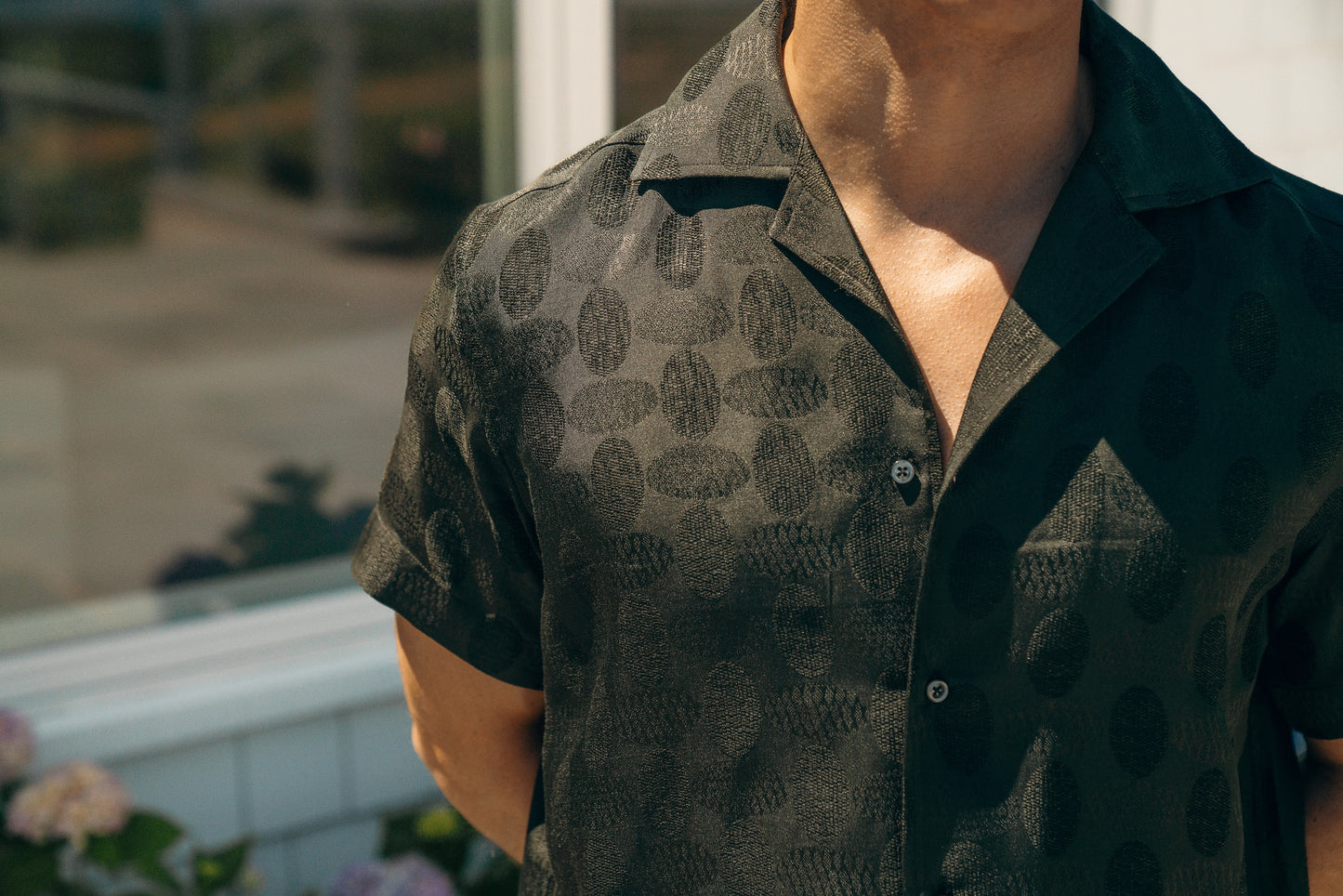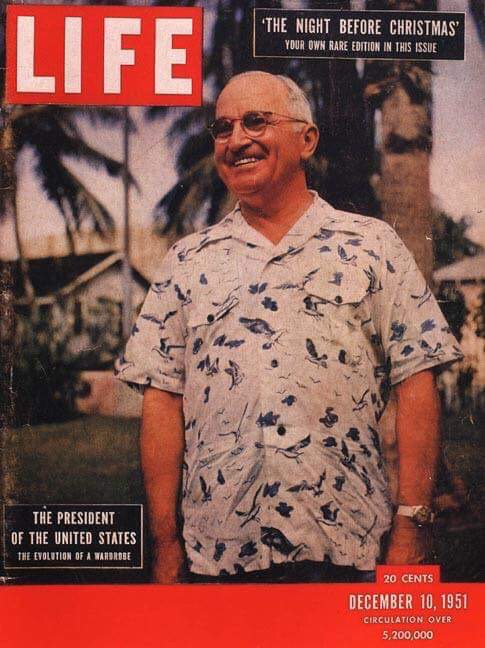
You’d think considering its association with very specific parts of the world the camp collar shirt would have a simple history, but you’d be wrong. It’s debatable if the style originated in the Pacific, or the Caribbean, or, considering the style is kind of a no-brainer for hot weather, it was developed independently by multiple originators. Wherever the idea came from we’re glad it got here, because it’s hard to imagine summer without a stalwart collection of camp collars ready to go, and it's no coincidence that this style of collar is often associated with blooming colors.

The difference between a camp collar shirt and your usual shirting is a mild difference upon first glance. Instead of multiple pieces of fabric forming a stiff, standing collar, the camp collar is just one piece of fabric designed to lay flat. Simple enough to manufacture and its lightness benefited hot weather wear. However, it wasn’t that long ago that this was considered fucking revolutionary. One of the earliest known examples of the style is the guayabera, a breezy shirt from Latin America usually featuring patch pockets and two vertical stripes. Early 20th century migration from places like Cuba brought these shirts to the lower 48. Inspiration from the cut assuredly influenced keen-eyed designers, but camp collars would take the US by storm in other styles that would become synonymous with Americana. Yeah, we’re talking about bowling shirts and aloha shirts.

Aloha shirts, despite what one Mr. Thomas Bahama has done with/to them, have a background rooted in traditional craftsmanship. The exact origins are debated, with potentially the guayabera influencing them or vice versa. Most agree, however, that the fabric makers of the Pacific from Japan to Tahiti took their weaves printed with local flora and fauna, which would have been turned into traditional garments like dresses or skirts or kimonos, and adopted them to Western style clothing when folks started trading with/invading the islands. Those patterns, unique to the region, inspired legions to adopt their own, less traditional styles and soon market demand was through the roof for these floral, summery designs. Hawaii, being of the most popular spots for Americans, garnered the association with the style and the shirts became synonymous with vacation in short work with Hawaiian manufacturers pumping them out as fast as they could make them.
Tourists began going to Hawaii in droves after World War I and the aloha shirt became everyone’s favorite souvenir. Those flower leis eventually wilt and grass skirts are not great everyday attire, after all. The all-over prints pushed America’s developing penchant for color, which you’d see explode across social strata in the middle of the century. Guys whose fathers wore nothing but dark suits or work shirts were suddenly wearing pink and purple. And this colorful explosion, led by the camp collar, wound its way to the bowling lanes before long.

Let’s just set something straight, bowling shirts absolutely kick ass. Yeah, you might be conjuring the image of some two-tone polyester catastrophe with something like “The Pin Pricks” emblazoned on the back, but that’s like judging a family by the ugliest cousin at the reunion. While they were adopted for their functionality- the boxy cuts and open sleeves of camp collar shirts allowed for free use of your ball rolling arm- offbeat spins, custom colors, and personal flourishes (besides just a name tag) on the shirts came quickly and the designs went buck wild. Bowling shirts are open canvases for patterns and playfulness. They immediately jumped the lanes in the 50s to be worn by all the cool kids at the malt shoppe, and they came back huge a generation later to be the unofficial uniform of hep cats playing ska, rockabilly, and swing. Remember when swing music was huge for like two weeks in the 90s? That decade was a real grab bag.
History aside, camp collar shirts kick ass because they’re breezy, loose short sleeve shirts, perfect for summer, and what’s summer without a little bit (or a whole fucking lot) of bright color? We’re not monsters here, emblazoning cheap fabric with woody wagons and odes to Margaritaville, so we keep our shirts colorful yet tasteful and made of some luxurious linen and cotton. If you’re between sizes be sure to size up, these cotton bad boys are designed to go with your flow. Hit the lanes, hit the beach, hit anything you want (within legal limits), you’ll look like a million bucks. And all it took was just a collar laying flat to change how people expressed themselves with clothing forever more.

